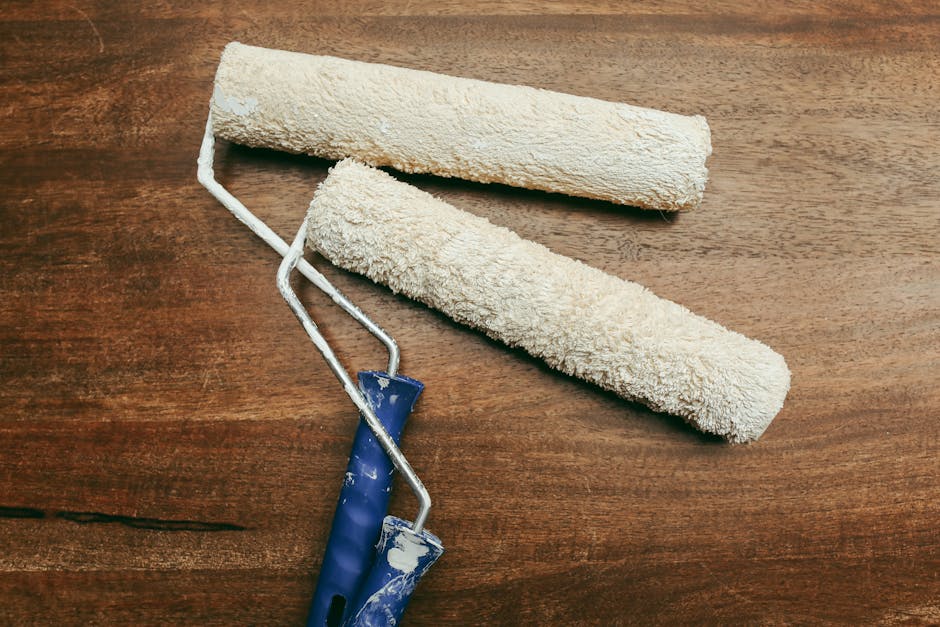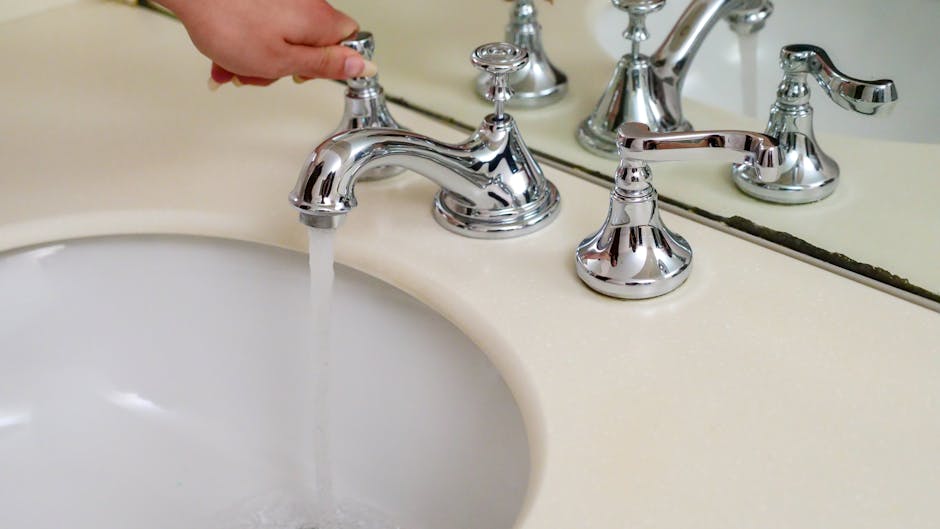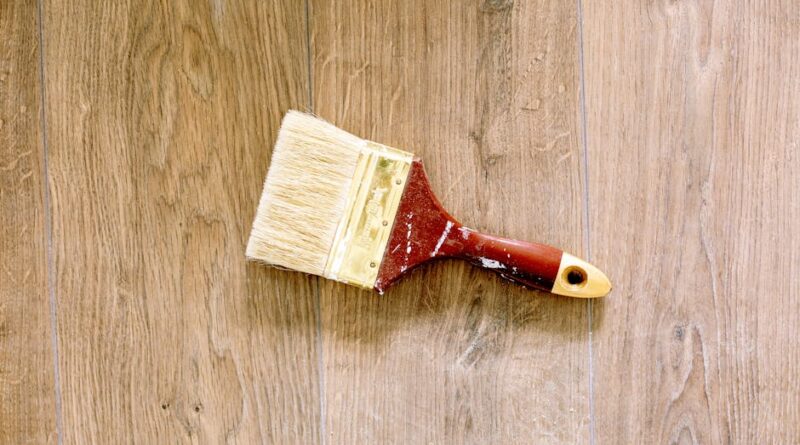How to Handle Maintenance Requests Promptly
Did you know that quick responses to maintenance requests can boost tenant satisfaction by over 30%? When a maintenance issue arises, people want a solution fast. Whether you’re a property manager or a homeowner, handling these requests promptly is key to keeping everyone happy.
In this article, well explore effective strategies for managing maintenance requests. Well look at the tools you can use, how to prioritize requests, and the best ways to communicate with tenants or family members. Lets dive in!
Why is Prompt Maintenance Important?

Imagine a leaky faucet in your kitchen. it’s not just annoying; it can lead to bigger problems like water damage or mold. Addressing maintenance requests quickly can prevent minor issues from becoming major headaches.
Here are some reasons why prompt maintenance matters:
- Tenant Satisfaction: Quick responses lead to happier tenants.
- Property Value: Well-maintained properties retain value over time.
- Safety: Timely repairs keep everyone safe from hazards.
What Tools Can Help with Maintenance Requests?

In todays digital world, there are many tools designed to help you manage maintenance requests easily. Some of these tools include:
- Maintenance Management Software: Programs like Buildium or Maintenance Care allow you to track requests in one place.
- Mobile Apps: Apps such as TenantCloud let tenants submit requests from their phones.
- Online Portals: Having a dedicated website for requests can streamline communication.
Using these tools can save time and reduce confusion. They help you keep everything organized. Plus, many of these tools send reminders, so nothing falls through the cracks.
How Do You Prioritize Maintenance Requests?

Not all maintenance issues are equal. Some need immediate attention, while others can wait. Heres how to prioritize them:
- Emergency Requests: These include serious problems like gas leaks or floods. Respond immediately!
- Urgent Requests: Issues that affect daily living, such as broken heating in winter, should be addressed quickly.
- Routine Requests: These are minor issues like squeaky doors. They can be scheduled for a later time.
By categorizing requests this way, you can focus on what matters most. This approach ensures that urgent needs are met without neglecting less critical issues.
How to Communicate Effectively with Tenants?

Clear communication is vital when handling maintenance requests. Heres how to do it well:
- Be Responsive: Answer requests quickly. Even a simple acknowledgment can go a long way.
- Set Expectations: Let tenants know how long repairs might take.
- Follow Up: Check in after repairs to ensure the issue is resolved.
For example, if a tenant reports a heating problem, respond within a few hours. Tell them when a technician will arrive. After the repair, a quick follow-up call can ensure they are satisfied with the work done.
What Happens When You Delay Maintenance?
Delaying maintenance can lead to bigger issues. Here are some potential consequences:
- Tenant Turnover: Unhappy tenants are more likely to leave.
- Increased Costs: Small repairs can turn into expensive fixes if not addressed timely.
- Legal Issues: In some cases, neglecting repairs can lead to legal problems.
It’s a cycle that can negatively affect your reputation and finances. Addressing requests promptly can save you from these pitfalls.
How to Create a Maintenance Request System?
Having a structured system for maintenance requests can simplify the process for everyone involved. Heres how to set one up:
- Establish Clear Channels: Decide how requests can be submittedemail, phone, or an app.
- Create a Checklist: Develop a list of common issues for tenants to reference.
- Assign Responsibilities: Ensure everyone knows who handles what types of requests.
This structure makes it easier for tenants to submit requests and ensures they are handled by the right person.
What Are Some Common Misconceptions About Maintenance?
Many people have misconceptions about maintenance requests. Clearing these up can improve understanding:
- All Requests Are Emergencies: Not every issue is urgent. Learn to categorize them.
- Repairs Are Always Expensive: Many fixes can be simple and affordable.
- Communication Doesnt Matter: Keeping tenants informed is key to satisfaction.
By addressing these misconceptions, you can foster a better relationship with tenants.
When to Use a Professional for Maintenance?
Sometimes, a DIY fix isn’t enough. Heres when to call in the pros:
- Specialized Skills Required: Electrical or plumbing issues often need expert help.
- Safety Concerns: If a situation poses a risk, it’s best to hire someone trained.
- Lack of Time: If you’re too busy, don’t hesitate to reach out for professional help.
Hiring professionals can save you time and ensure repairs are done correctly.
What Are the Benefits of Preventive Maintenance?
Preventive maintenance is a proactive approach. It focuses on addressing issues before they arise. Here are some benefits:
- Cost Savings: Regular maintenance can reduce the need for costly repairs.
- Increased Longevity: Well-maintained appliances and systems last longer.
- Enhanced Safety: Prevents accidents and injuries.
For instance, cleaning your HVAC system regularly can prevent breakdowns. This saves you money in the long run.
How to Educate Tenants About Maintenance?
Educating tenants on maintenance can lead to a smoother process. Here are some tips:
- Provide a Guide: Create a simple guide on how to submit requests.
- Hold Meetings: Regularly discuss maintenance topics in community meetings.
- Use Digital Communication: Send emails or newsletters with maintenance tips.
By keeping tenants informed, you help them understand the process and encourage timely reporting of issues.
What Are the Final Takeaways?
Handling maintenance requests promptly is essential for tenant satisfaction and property management. Heres a quick recap of what we discussed:
- Use tools to track requests efficiently.
- Prioritize requests based on urgency.
- Communicate clearly and follow up with tenants.
- Consider professional help for complex issues.
- Educate tenants about the maintenance process.
By implementing these strategies, you can create a more efficient maintenance process. Youll keep tenants happy and maintain the value of your property.
For more information on property management, check out this article on NARPM. And remember, a little effort in maintenance can go a long way!



